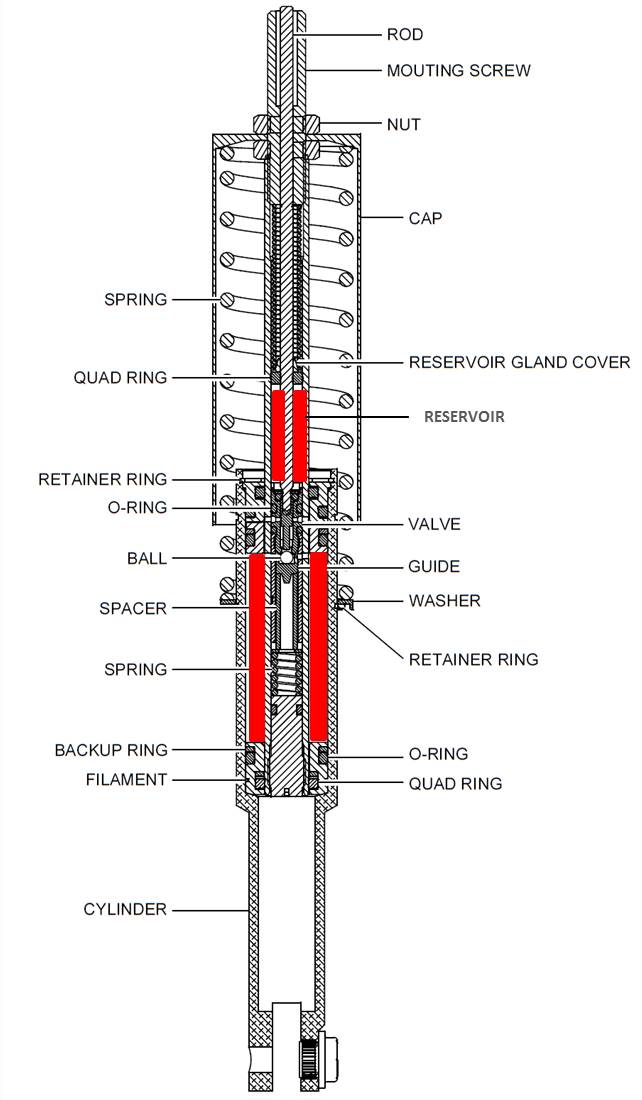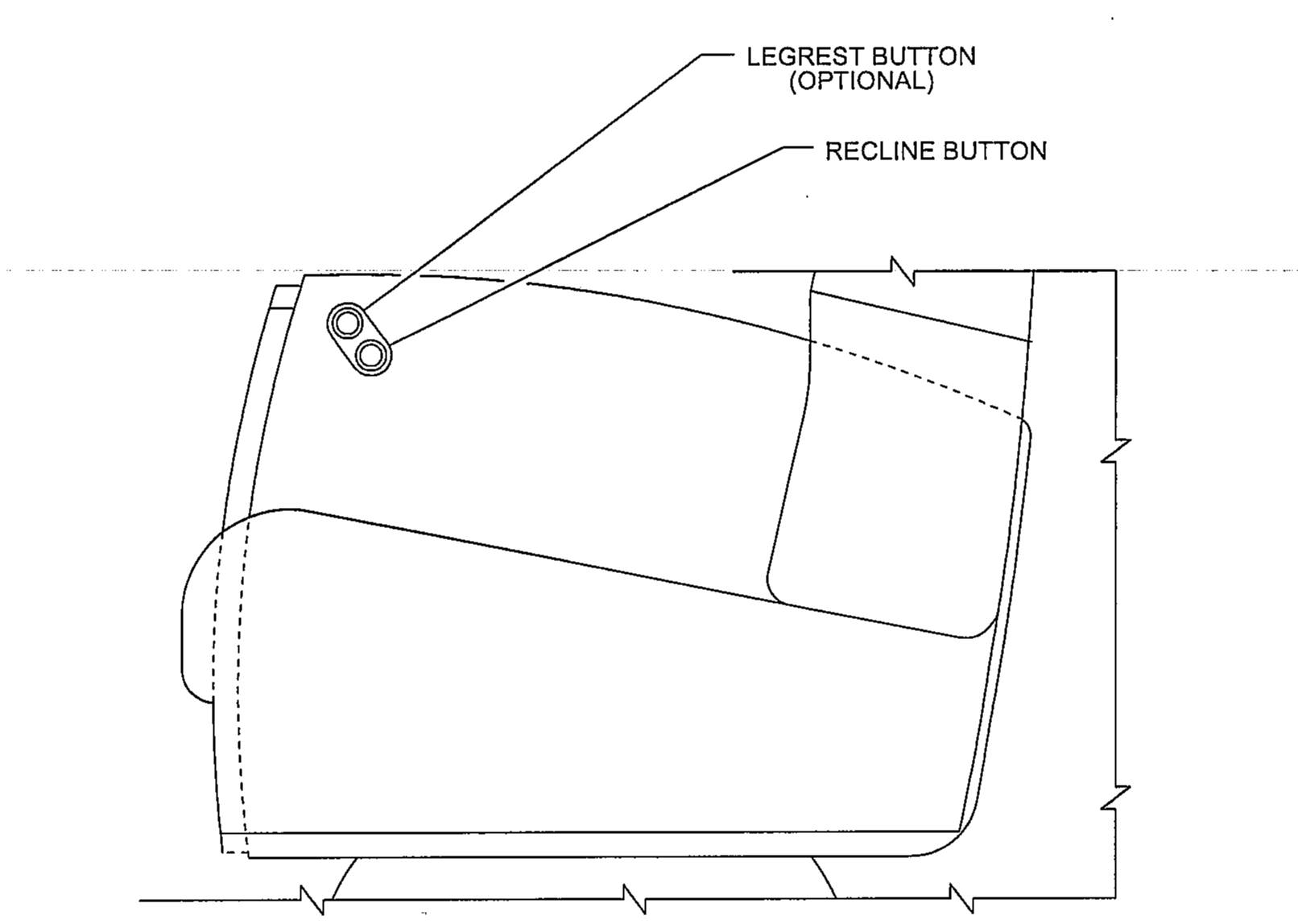 Many aircraft seats use a hydraulic recline mechanism. At the heart of this system is a recline actuator that is spring loaded to the extend position when the valve is depressed, and locks in position when the valve is released. Like all hydraulics, these units are susceptible to leaks.
Many aircraft seats use a hydraulic recline mechanism. At the heart of this system is a recline actuator that is spring loaded to the extend position when the valve is depressed, and locks in position when the valve is released. Like all hydraulics, these units are susceptible to leaks.
The difference is that these actuators are self-contained. This means that even small leaks can cause problems, such as seat backs with play, spongy feel, or creeping toward the upright position. The little known fact about these actuators is that they contain an internal reservoir that can be used to service them while installed.
The process is a simple one. When the actuation valve is depressed, it allows fluid to pass between chambers. Depressing the valve also allows fluid from the reservoir to replenish the actuator, though the replenishment is a slower process than the actuation. Depressing the button for approximately 30 minutes will allow the actuator to service itself and possibly resolve the issues noted above.
The reservoir on these units is small so eventually they will need to be removed and overhauled, but before spending time and money on an overhaul, you may want to try to replenish the units with the internal reservoir.

Photo #1 (right): Seat Lock Actuator
Photo #2 (left): Typical Recline Button. Location varies by seat.
December 2025
November 2025
October 2025
July 2025
June 2025